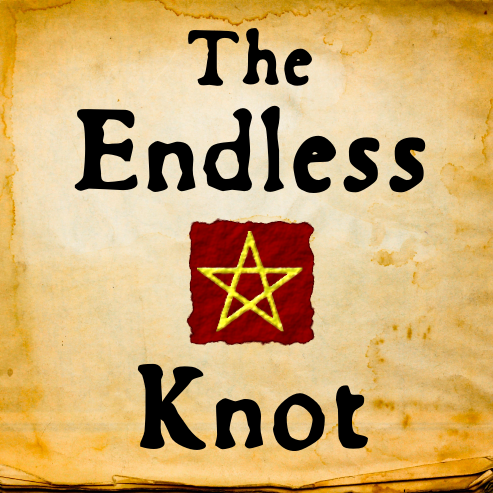When we filmed these videos, we both included a lot of background on the dictionaries, and talked about the personalities involved with editing and publishing them. When we started editing the videos, we realised that they were going to be way too long if we included everything. So we decided to focus on the differences between the two dictionaries, and who would find each one most useful; and in the case of the OLD, I also wanted to include information about how to read and use it, to show people why they would want to bother consulting it instead of just sticking to the cheap and easy pocket dictionaries all the time.
What that meant was we had to cut out most of the history from both videos, and also cut out Mark looking up some words. But we both think that the information that we cut out is interesting, especially if you’re interested in the history of Classics as a field or the history of lexicography. So we’ve posted longer versions of both reviews, as unlisted videos, for anyone who wants to watch them (Lewis & Short Extended, and OLD Extended). They include stories about people involved with the deciphering of Linear B, a pioneer in women’s education, and a writer and scholar’s worst nightmare: a lost manuscript!
I also didn’t include some things I now wish I had–-specifically, a few ways that the new edition has updated the language from the first edition. After all, what does any sensible person do as soon as they open a dictionary? Why, look up rude words, of course! And that’s one place that there do seem to be a few changes in the new edition, to update the language for modern readers. Here, for example, are the entries for “irrumatio” and “irrumator” in the first edition*:





